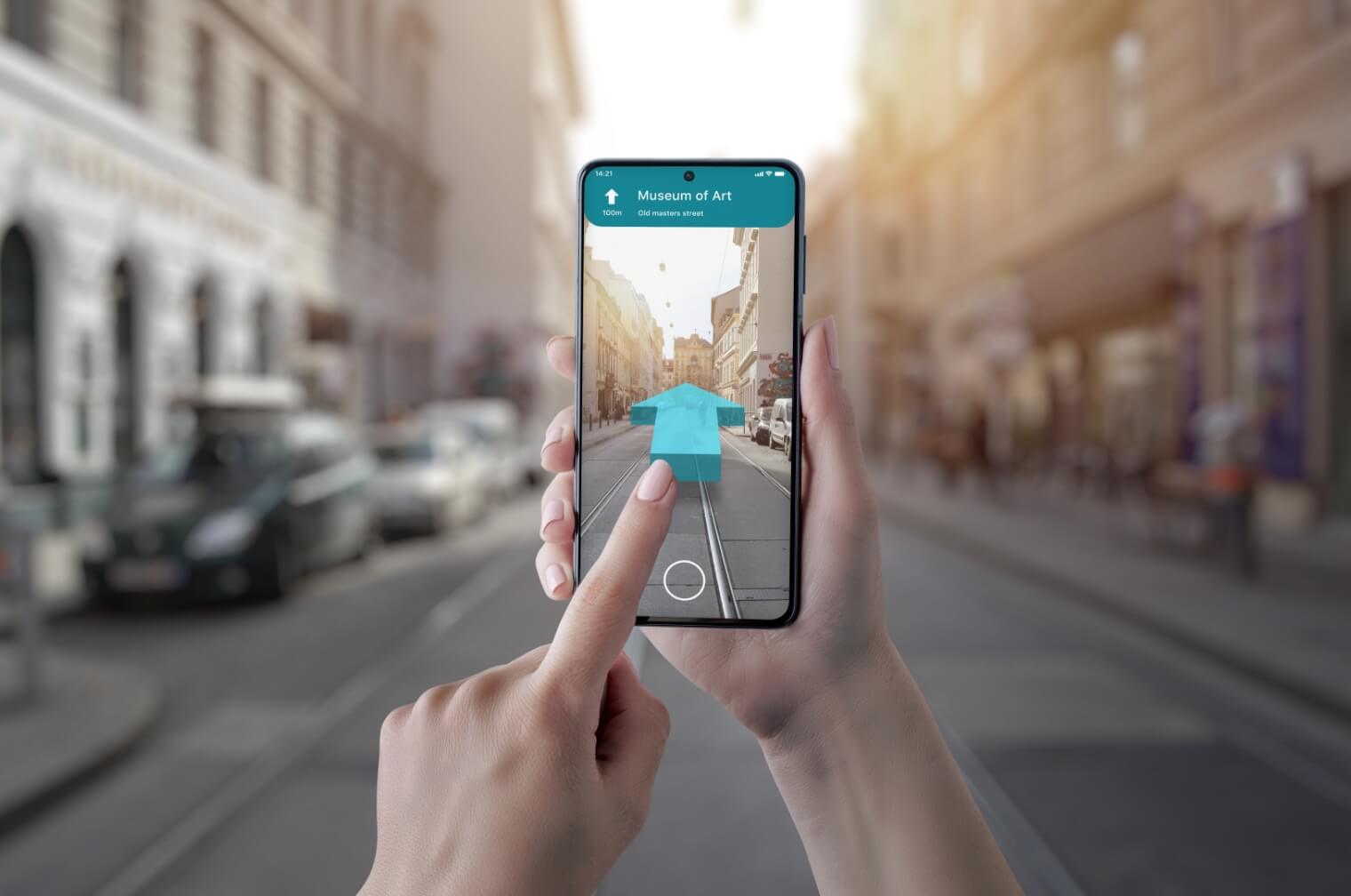Agra, home to the iconic Taj Mahal and other historical treasures, attracts millions of tourists every year. To enhance the travel experience for visitors and promote local businesses, creating a dedicated travel and tourism app can be a game-changer. Here’s a step-by-step guide on how to develop an effective app for Agra’s travel and tourism industry.

Table of Contents
Toggle1. Define Your Target Audience
Start by identifying your target audience. Consider the different types of travelers who visit Agra, such as domestic tourists, international visitors, backpackers, families, and business travelers. Understanding your audience will help you tailor the app’s features and content to meet their specific needs and preferences.
2. Conduct Market Research
Research existing travel apps to identify successful features, potential gaps in the market, and what users appreciate or dislike. Analyze competitors in the travel and tourism sector, focusing on how they engage users, the services they offer, and their pricing models. This research will inform your app’s unique value proposition.
3. Define Key Features and Functionality
Based on your research, outline the key features you want to include in your app. Some essential functionalities for a travel app in Agra could include:
- Tourist Attractions: Detailed information about popular sites, including the Taj Mahal, Agra Fort, and Mehtab Bagh, with images, history, and visitor tips.
- Booking Services: Integration with local hotels, restaurants, and tour operators for easy booking of accommodations, dining, and guided tours.
- Maps and Navigation: Interactive maps with GPS capabilities to help users navigate Agra’s streets and find attractions.
- Itinerary Planning: Tools for users to create personalized itineraries based on their interests and time available.
- Local Events and Activities: Information about festivals, cultural events, and seasonal activities happening in Agra.
- Transportation Options: Details about local transport services, including taxis, auto-rickshaws, and public transport routes.
- Cultural Insights: Information about local customs, traditions, and etiquette to enhance the travel experience.
4. Choose the Right Development Approach
Decide whether to build a native app (for iOS and Android), a hybrid app (combining elements of both), or a web app. Native apps provide better performance and user experience, while hybrid apps can be more cost-effective. Consider your budget, timeline, and target audience’s preferences when making this decision.
5. Design an Intuitive User Interface (UI)
Create a user-friendly and visually appealing interface. Prioritize intuitive navigation, clear calls to action, and a clean layout that enhances usability. Incorporate cultural elements that reflect Agra’s heritage, such as traditional motifs or colors, to create a unique brand identity for the app.
6. Develop and Test the App
Once the design is finalized, begin the development process. Work with skilled developers who can bring your app to life, ensuring that it functions smoothly across different devices and operating systems. Conduct thorough testing to identify and resolve any bugs or usability issues before launching.
7. Incorporate Local Business Partnerships
Collaborate with local businesses, such as hotels, restaurants, and tour operators, to offer exclusive deals and promotions through your app. This partnership can provide added value to users while promoting Agra’s local economy. Consider a referral program to incentivize businesses to promote your app.
8. Launch and Promote the App
Once your app is ready, launch it on popular app stores (Google Play Store and Apple App Store) and promote it through various channels, including social media, local tourism websites, and travel bloggers. Consider offering limited-time promotions or discounts for early adopters to encourage downloads.
9. Gather Feedback and Iterate
After the launch, actively seek user feedback to understand their experiences and gather suggestions for improvements. Use this feedback to iterate on the app, adding new features and addressing any issues that arise. Regular updates will keep users engaged and encourage long-term usage.
10. Market the App Continuously
Develop a marketing strategy to keep promoting the app to both locals and tourists. Utilize social media, travel forums, and partnerships with local tourism boards to increase visibility. Consider content marketing through blogs or videos that highlight Agra’s attractions and encourage app downloads.
Conclusion
Creating an app for Agra’s travel and tourism industry presents a significant opportunity to enhance the visitor experience and promote local businesses. By following these steps and focusing on user needs, you can develop an engaging and valuable app that showcases the beauty and culture of Agra, making it easier for tourists to explore and enjoy this historic city. Embracing technology in tourism will not only benefit travelers but also contribute to the growth and sustainability of Agra’s economy.


No responses yet